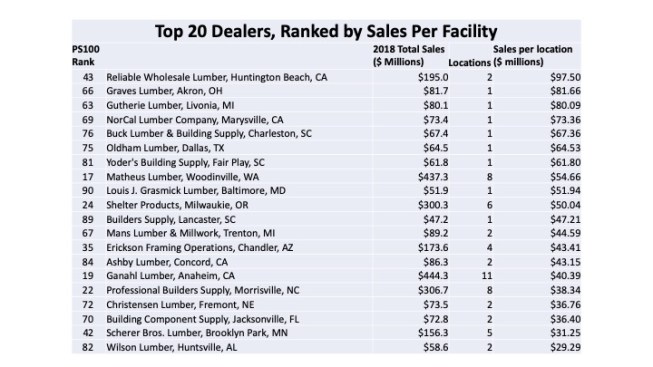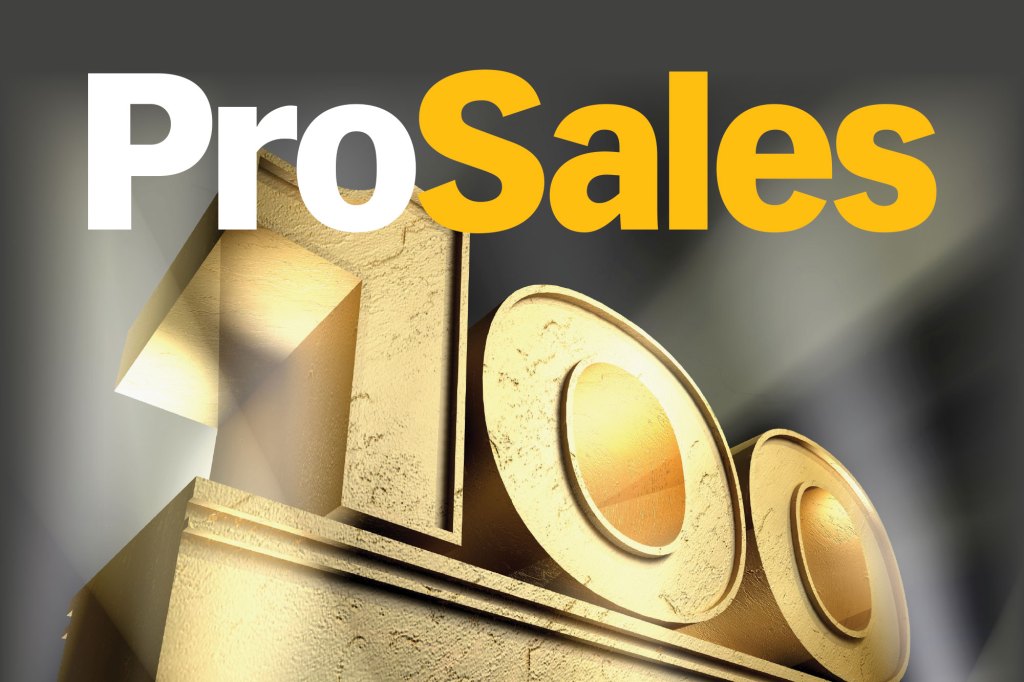Efficiency Gains
So, what are the smart companies doing to become more profitable? For starters, they’re focusing on what’s directly in front of them by eliminating waste. Overall, this year’s lot of pro dealers averaged $13.4 million in sales per location, which represents nearly a 7.5% improvement over last year. Additionally, sales per employee increased a little more than 5% year over year, from $514,000 to $541,000.

To make a company more profitable, it doesn’t have to only focus on making sales more efficient. In addition to top-line growth, efficiency measures can also focus on bottom-line growth. For example, recognizing the value of hiring, training, and retaining valuable employees can go a long way in improving a company’s overall efficiency.
“As a high-performance organization, we need to continue to invest in our people. This industry runs a 35% to 40% turnover rate—that’s just a high cost of our business from a safety standpoint and a product knowledge standpoint,” said Jim Drexinger, CEO of ACS, at the ProSales 100 conference.
And while it might sound like a soft benefit to employees, there could be some hard dollars saved by companies that make their organization a desirable place to work. When we asked dealers to list their major accomplishments for the year, 84 Lumber (No. 4) boasted that it was “named a Top Workplace in the Greater Pittsburgh region by the Pittsburgh Post-Gazette.”
Hancock Lumber (No. 37) listed one of its best accomplishments this year was winning “Best Place to Work in Maine for the fifth year in a row” by the Society for Human Resource Management – Maine State Council (MESHRM) and Best Companies Group.

View the profile of PS100 newcomer Erickson Framing Operations
Keeping qualified and valued employees should be a priority for organizations, as the costs associated with losing them can be exorbitant. The loss of productivity as a result of unfilled positions, the costs to hire and train new employees to fill those positions, and the learning curve for new employees all weigh on a company’s productivity and profitability.
Therefore, once ideal candidates are hired, it’s imperative that organizations focus on keeping them. A competitive benefits package is a good place to start. Some LBM dealers might be the largest, or the only, LBM employer in their particular market and assume that they don’t need to be as competitive with their benefits package to keep employees, but that would be a mistake. Pro dealers must realize they are not only competing with other LBM dealers to keep their valued employees. People change careers, which means dealers must also compete against employers across multiple industries in their area.
In addition to hiring and retaining valuable employees, it’s essential to train them as well. Employees in the LBM industry are often required to operate machinery, move heavy materials, and use various tools to perform their duties on the job. Training them on how to safely and effectively operate their equipment is not only important for the safety of employees and customers, it can also mitigate damages and potential lawsuits filed against the company.



